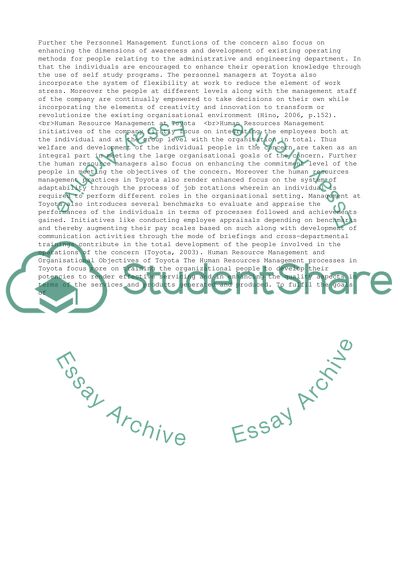Cite this document
(“Human Resource Management. Toyota Essay Example | Topics and Well Written Essays - 3500 words”, n.d.)
Human Resource Management. Toyota Essay Example | Topics and Well Written Essays - 3500 words. Retrieved from https://studentshare.org/business/1402476-human-resource-management-toyota
Human Resource Management. Toyota Essay Example | Topics and Well Written Essays - 3500 words. Retrieved from https://studentshare.org/business/1402476-human-resource-management-toyota
(Human Resource Management. Toyota Essay Example | Topics and Well Written Essays - 3500 Words)
Human Resource Management. Toyota Essay Example | Topics and Well Written Essays - 3500 Words. https://studentshare.org/business/1402476-human-resource-management-toyota.
Human Resource Management. Toyota Essay Example | Topics and Well Written Essays - 3500 Words. https://studentshare.org/business/1402476-human-resource-management-toyota.
“Human Resource Management. Toyota Essay Example | Topics and Well Written Essays - 3500 Words”, n.d. https://studentshare.org/business/1402476-human-resource-management-toyota.


